Kit Assembly
Only two basic soldering tools are required to complete this kit: a soldering iron and a pair of flush cutters. 5-6g SAC305 Lead free solder is included – the perfect amount to build your kit! We are unable to provide individual customer support with kit building so please see the detailed assembly guide here to gauge difficulty before purchasing. Once started, kits cannot be refunded.
The kit is made entirely of interlocking PCBs and unlike most kits the only wires that have to be soldered are the ones going to the piezo disc.
Buy it Made
Don’t want to make the kit? No problem! The Metal Synth is also available to buy completely assembled and ready to go.
How it Works
The synth is triggered by a piezo disc which is sensitive to how hard you tap the top panel giving subtle differences in the two stage envelope.
The noise is generated digitally by a pre-programmed microcontroller. The filter at the heart of the unit can be controlled and modified by the Sweep, lowpass/bandpass, Resonance, Cutoff and Cutoff CV.
2x Trigger Options
Trigger by activating the piezo under the touchpad (Metal Logo) or by plugging in an external trigger.

Powering The Unit
The Metal Synth comes with a 9V pp3 battery to barrel jack connector as standard. We recommend using an alkaline battery, this is not included.
Should you wish to use your own power supply, please ensure it meets the following specifications:
+8V to +12V, Centre positive 2.1mm (centre) x 5.5mm (outside)

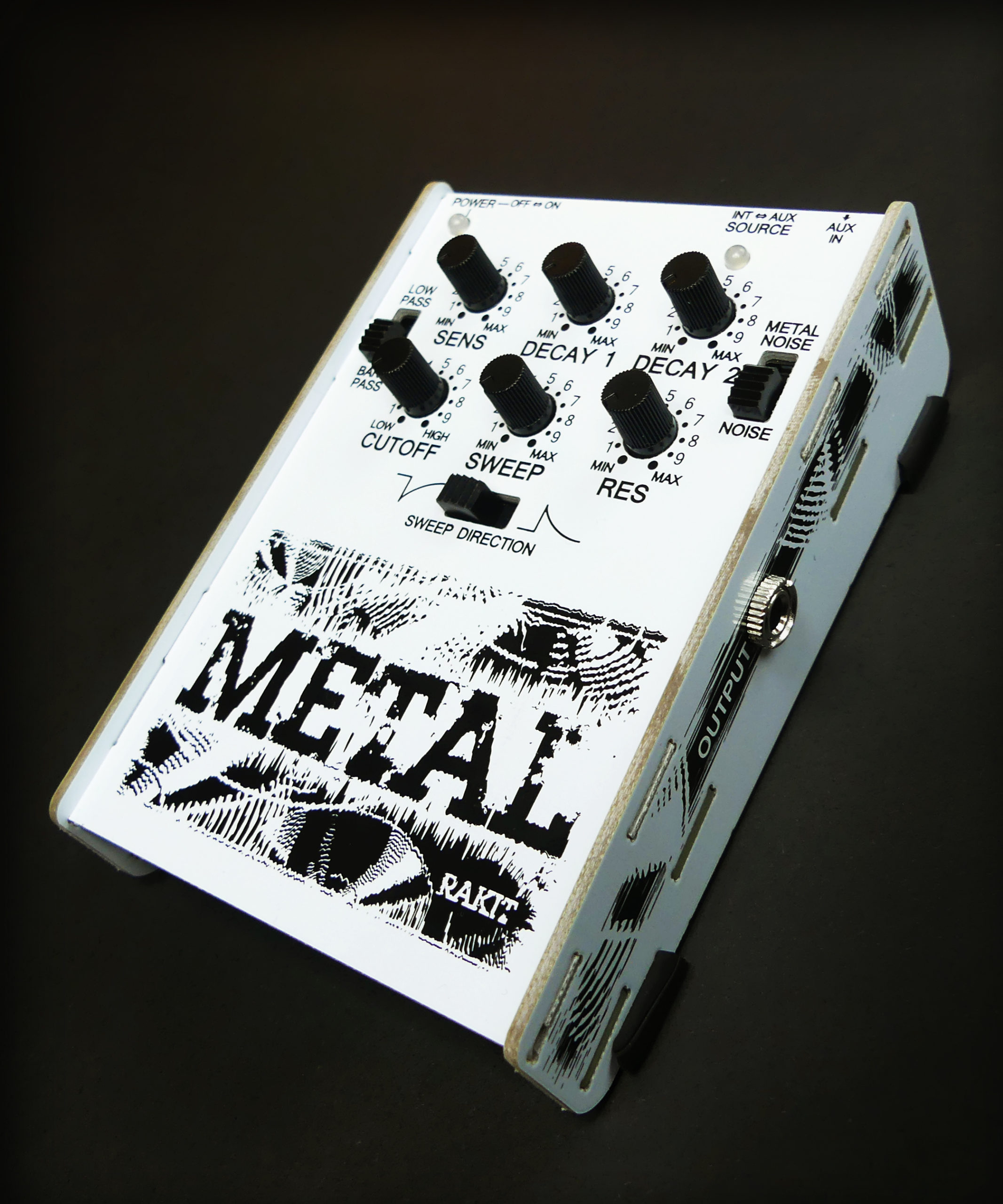















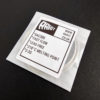




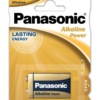
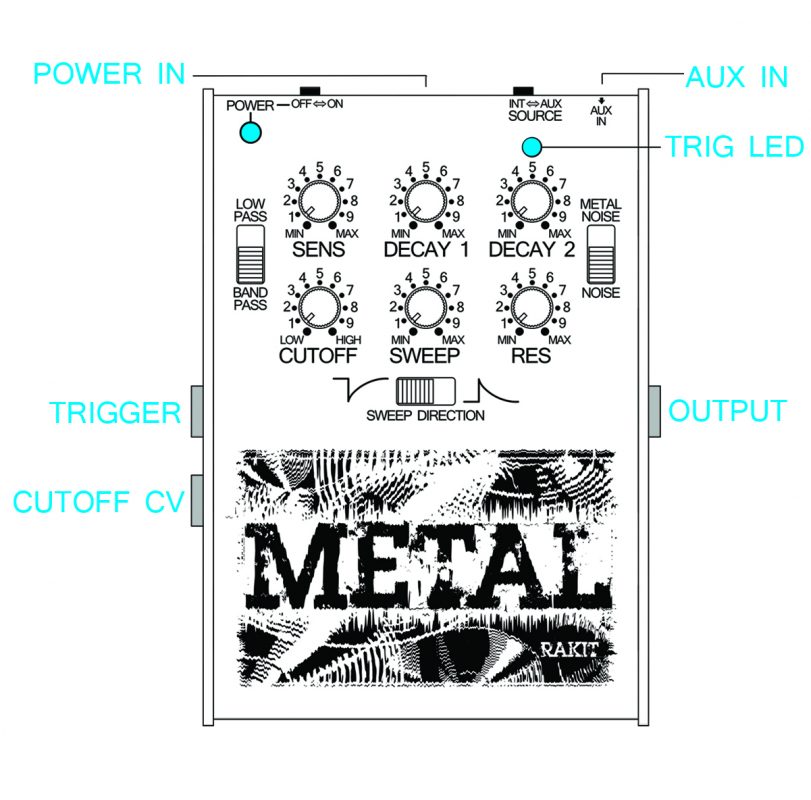
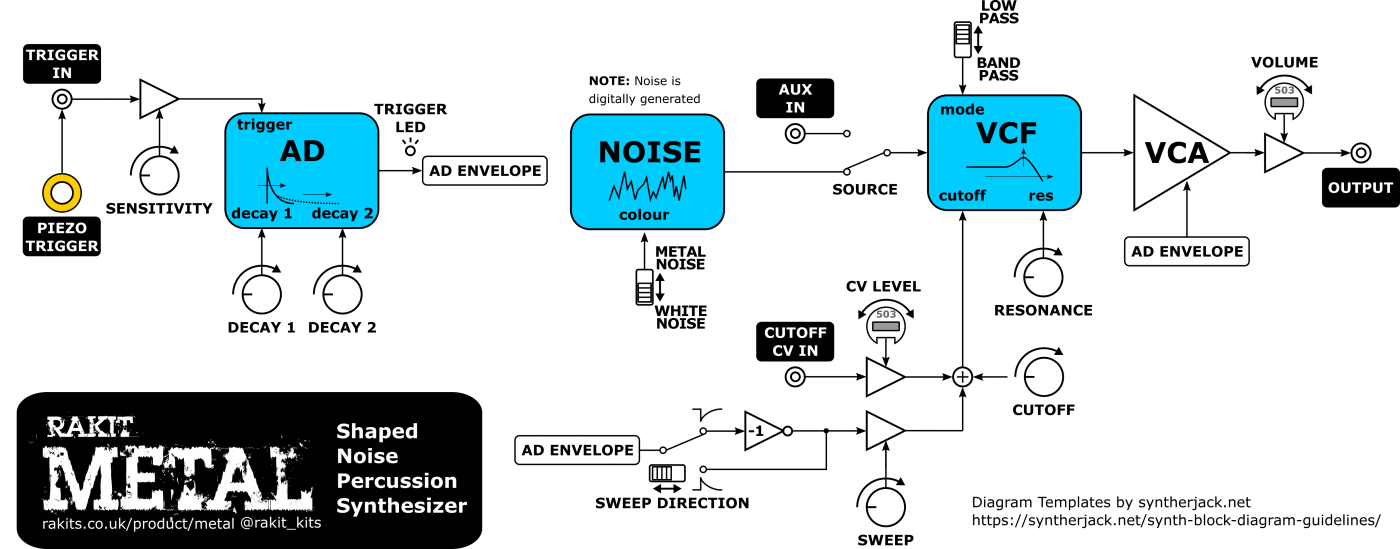








sinkmusic (verified owner) –
Very nice kit : the assembly guide is perfect, the price is affordable, and, most of all : it sounds great !
It’s very nice using a sequenced CV/gate input, but also fun to play it by hand. The sound is very versatile for such a small unit, and the featureset very well thought-out. Recommended !
stellablade72 (verified owner) –
Excellent kit and well detailed, as are all the Rakit kits. I bought mine along with the Baby 8 to try and understand modular a bit more. You can get some very interesting sounds with Metal. The pots are very sensitive so you only need to make small adjustments to get a new sound. Experimenting can really pay off. I hooked mine up to my Behringer TD-3 for some acid sounds and I think it worked really well. You can see it here. I use the Metal from around 1m 30s. https://youtu.be/IMMtYbFIXpo